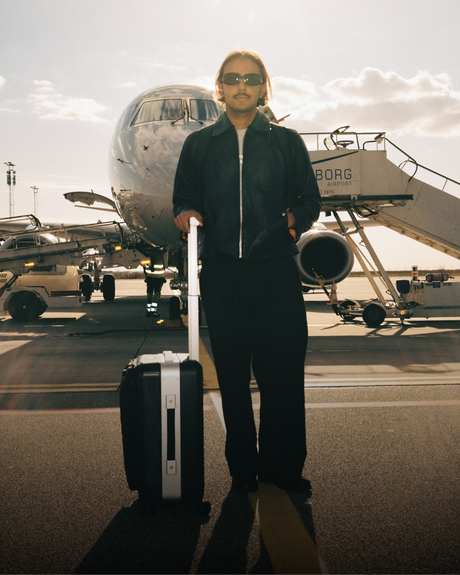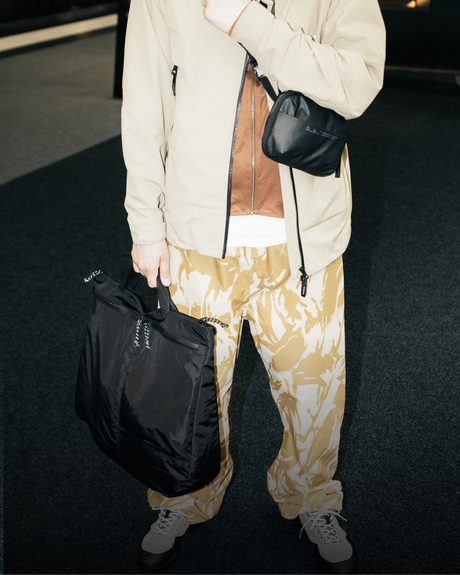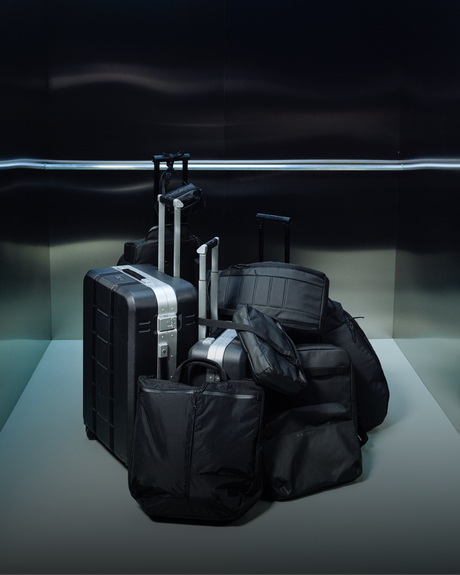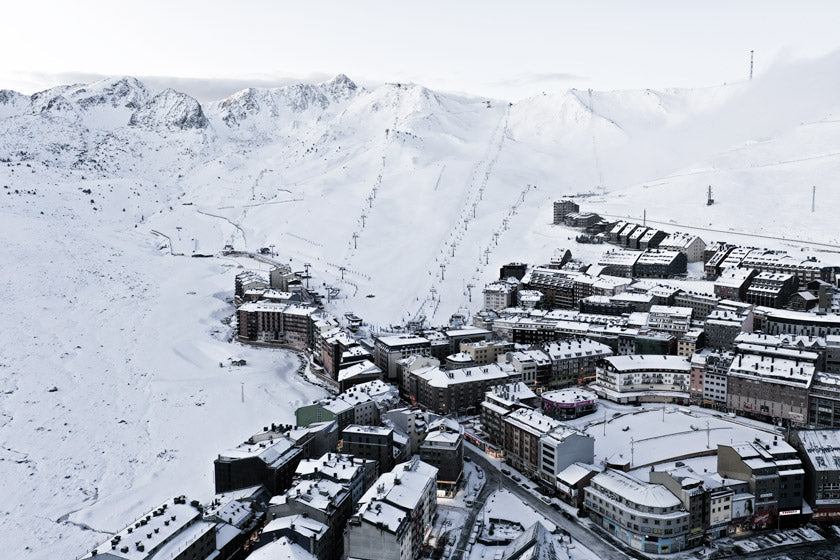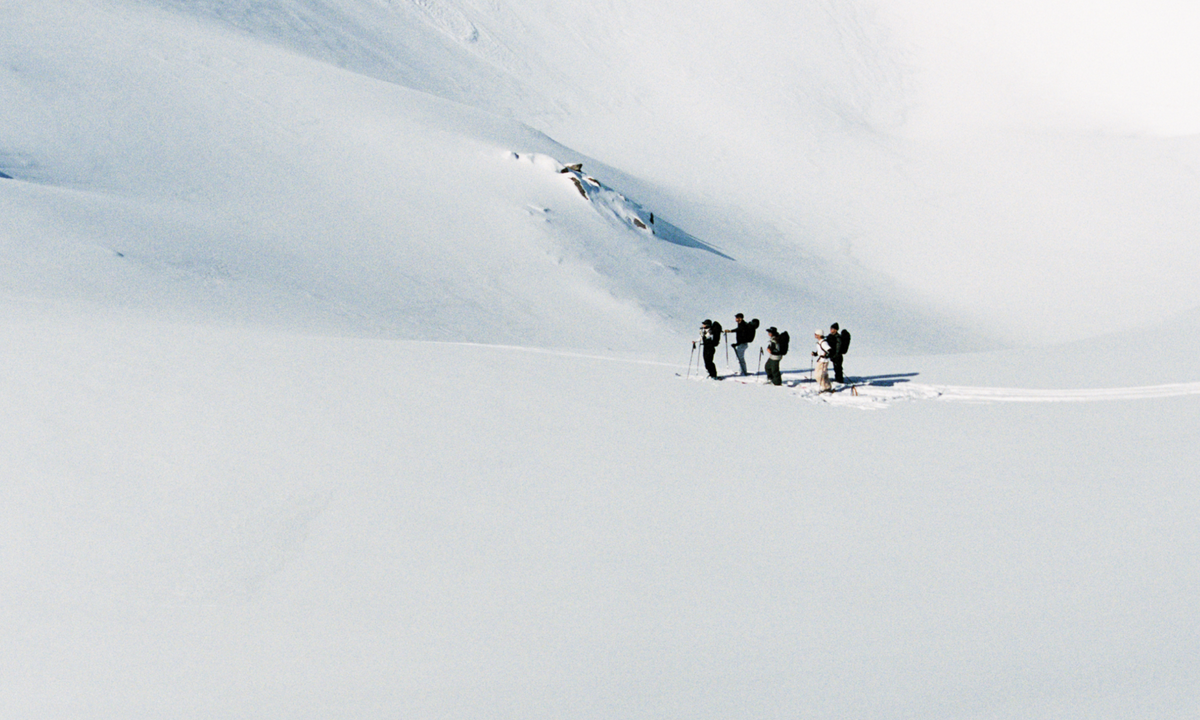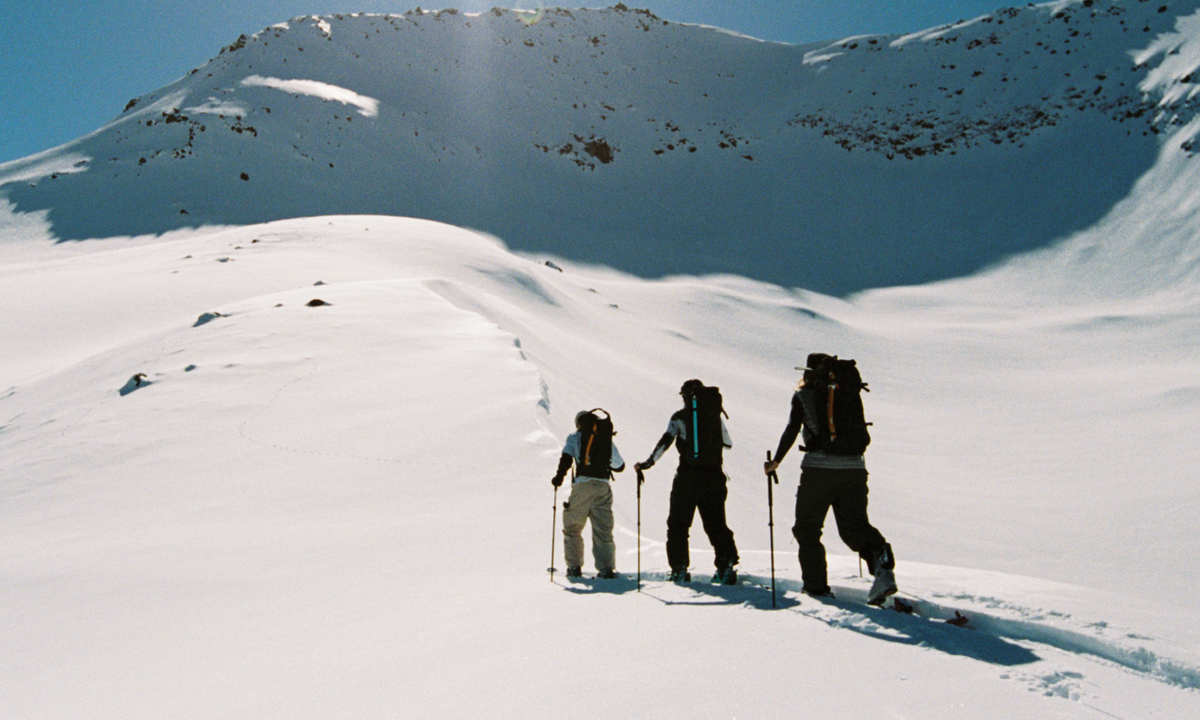Hitting the Slopes as a Beginner.
A beginner skier traveling to a European ski resort has certain requirements when deciding where to go. Putting ourselves in your ski boots, you're looking for a moderately priced resort that allows you to enjoy the après-ski offer, cuisine, and possibly some shopping after hitting the slopes. These are all factors we include in this list of the best ski resorts in Europe for beginners.
Speaking of après-ski, as a beginner you probably want to let your hair down and leave the helmet and ski boots at home after a long day on the mountain. That’s why we factor in the village atmosphere and off-mountain activities. Expect great dining, lively bars, live music, and excellent barhopping opportunities.
Convenience is also key for a beginner skier: We highlight ski resorts where you don’t have to rely on complicated public transport to access main lifts.
An American in the Alps. What You Should Know.
The Alps is almost a given for a beginner ski trip. We’ve selected the best of the best from the French, Austrian, and Italian Alps – with the addition of a wild card here and there. Either way, there are some key differences between a European ski resort and an American one that are good to keep in mind, beyond the fresh pasta or generally more affordable lift tickets.
Trail difficulty.
Europeans operate from the following color scheme, which differs slightly from the American version:
- Green signals beginner runs.
- Blue trails are intermediate runs. Quick note: European Blue runs are equivalent to US Green or easy Blue runs.
- Red signals advanced runs. Quick note: Be aware that European Red runs can be more challenging, steeper, and less groomed than American Blue runs.
- Black trails are expert runs.
Off-piste ski control.
Notably, terrain outside marked pistes (runs) is unpatrolled and unmitigated for avalanche risk in Europe. Keep this in mind if you’re feeling adventurous – and if you plan to go off-piste, you should always bring a local guide and safety equipment.
Quick tip: Pack the avalanche gear in one of our backpacks that are specifically designed for off-piste terrain and Safeback functionality.
Our List of the 6 Best Ski Resorts in Europe for Beginners.
In our guide to the best beginner ski resorts in Europe, we’ve selected six resorts based on the following parameters:
- Base elevation: This is the lowest point of the ski resort and where the lodging and dining facilities are located.
- Annual snowfall.
- Skiable pistes: The size of the skiable terrain.
- Overall beginner terrain: We give you a percentage of Green and Blue runs at each ski resort.
- Ski and snowboard school: Availability of English-speaking ski and snowboarding lessons.
The Safe Choice. Obergurgl, Austria.

Base elevation: 5,883 feet (1,793 m)
Annual snowfall: 181 inches (460 cm)
Skiable pistes: 68 miles (110 km)
Overall beginner terrain: 54% Green/Blue runs
Ski and snowboard school: Yes
Obergurgl, Austria is the most snow-sure resort on our list. The guarantee of snow is due to the high base elevation of the ski resort, which also means you can often enjoy the slopes from mid-November through April. Nestled in the Austrian Alps, it’s a laid-back ski resort with abundant, high-quality ski pistes.
Terrain
There is a great beginner terrain at Obergurgl with a huge progression area where you can finetune your techniques. This is supported by the quiet, wide, and uncrowded slopes.
Après-ski
Obergurgl is not a party destination compared to some other Austrian ski destinations like Ellmau or St. Anton. The vibe is low-key, and you will experience a much more traditional alpine village atmosphere.
Travel
The closest airport is Innsbruck (INN), and there is a short 1.5-hour transfer to Obergurgl.
US Pass hook
Local passes only.
Costs
Mid to high range.
The Classic Alp Experience. La Plagne, France.

Base elevation: 4,101 feet (1,250 m)
Annual snowfall: 202 inches (514 cm)
Skiable pistes: 140 miles (225 km)
Overall beginner terrain: 59% Green/Blue runs
Ski and snowboard school: Yes
One of the biggest ski resorts in Europe, La Plagne caters to those of you who want easy access to beautiful, well-groomed slopes and value practical ski-in/ski-out lodging. Sitting at high-altitude, the six-resort ski area is snow-sure and offers wide slopes for a mixed-ability group.
Terrain
The terrain at La Plagne is made up of vast, wide blue and green runs (79) for beginner and intermediate ski outings.
Après-ski
Varied, but more family-oriented than a full-blown party central.
Travel
The closest airport is Geneva (GVA), followed by a 2.5- to 3-hour transfer to La Plagne.
US Pass hook
The resort is not affiliated with Epic or Ikon Passes, and lift tickets are purchased locally.
Costs
Mid to high range.
The Budget-Friendly. Arinsal, Andorra.
 Base elevation: 5,085 feet (1,550 m)
Base elevation: 5,085 feet (1,550 m)
Annual snowfall: 42 inches (106 cm)
Skiable pistes: 39 miles (63 km)
Overall beginner terrain: 50% Green/Blue runs
Ski and snowboard school: Yes
Tucked away in the Pyrenees, Arinsal offers a nice shift from the Alp destinations already mentioned. The Andorran ski resort boasts a vital town atmosphere consisting of authentic restaurants as well as ski and snowboarding runs for beginners and intermediates.
Terrain
There are ideal slopes for beginners with gentle progression runs. You can enjoy an expansive nursery area, learn new techniques at the ski school, and explore wide beginner slopes.
Après-ski
The après-ski scene is quite lively with budget-friendly bars and dining.
Travel
Travel to Barcelona (BCN) or Toulouse (TLS) airport and do a 3- to 4-hour transfer to get to Arinsal.
US Pass hook
Local lift prices and passes bought at the resort.
Costs
Budget-friendly.
The Après-Ski Heavy. Ellmau, Austria.
 Base elevation: 2,690 feet (820 m)
Base elevation: 2,690 feet (820 m)
Annual snowfall: 107 inches (272 cm)
Skiable pistes: 172 miles (278 km)
Overall beginner terrain: 41% Blue runs
Ski and snowboard school: Yes
Ellmau is part of the SkiWelt ski area, the largest, interconnected ski area in Austria. Other villages include Going, Itter, and Scheffau. As a whole, SkiWelt boasts a beginner-friendly infrastructure, both in terms of ski terrain and off-mountain activities.
Terrain
The terrain at Ellmau consists of gentle slopes and many wide, easy Blue runs. The groomed runs are ideal conditions for building confidence on the slopes.
Après-ski
Known for its charming and relaxed restaurants and bars, this is a great place to chill with friends and enjoy your downtime together. The bar life is known to be lively and sometimes rowdy, which can be a huge selling point for some of you, and something to be wary of for the rest of you.
Travel
The closest airport to Ellmau is Innsbruck (INN) or Salzburg (SZG), requiring a 1.5-hour transfer to the resort.
US Pass hook
There are no affiliations with Epic or Ikon Passes.
Costs
Mid range. Ellamau offers some of the best value in the Alps.
The Wild Card. Bansko, Bulgaria.

Base elevation: 3,248 feet (990 m)
Annual snowfall: 60 inches (152 cm)
Skiable pistes: 47 miles (75 km)
Overall beginner terrain: 58% Green/Blue runs
Ski and snowboard school: Yes
Many would call it the premier resort in Eastern Europe, as Bansko offers some other qualities that sets it apart from the ski resorts in the Alps. The Bulgarian ski resort is nestled at the foot of the Pirin Mountains and offers an old-town atmosphere and a bunch of Blue runs for beginners. It’s less pricey compared to its French or Swiss counterparts, and there are possibilities for lively après-ski fun as well as relaxation at the pool or sauna. This is definitely one not to sleep on.
Terrain
There are plenty of nursery slopes at Bansko, ideal for those of you who are very green on the slopes. A gondola takes you up the mountain where you can enjoy long, blue runs as well.
Après-ski
The vibe is very lively and full of energy, providing a bunch of options for fun – and crowded – watering holes and budget-friendly food options. Great fun for a group, but be aware that peak season attracts a lot of tourists.
Travel
Fly to Sofia (SOF) and expect to do a transfer of 2.5 to 3 hours.
US Pass hook
Local passes only.
Costs
Budget-friendly.
The Italian Experience. Cervinia, Italy.
 Base elevation: 6,725 feet (2,050 m)
Base elevation: 6,725 feet (2,050 m)
Annual snowfall: 206 inches (523 cm)
Skiable pistes: 99 miles (160 km)
Overall beginner terrain: 31% Green/Blue runs
Ski and snowboard school: Yes
At Cervinia, Italy, you will experience iconic views of the iconic Matterhorn, the Swiss-Italian mountain that towers over the ski resort. The proximity to other ski areas, like the Swiss hotspot Zermatt, might be a great selling point to those of you who want to explore different slopes and villages during your trip.
Terrain
The terrain can be summed up in three words: wide, high, and sunny. Although the percentage of Green and Blue runs are lower compared to the other ski resorts on the list, the blue runs are very long, making them perfect for cruising and building confidence with your pals.
Après-ski
Cervinia is a place of delicious food rather than a rowdy bar scene. Go here to enjoy long, leisurely lunches and an authentic Italian village atmosphere.
Travel
The nearest airports are Turin (TRN) or Milan (MXP), requiring a 1.5- to 2.5-hour transfer.
US Pass hook
Local passes only.
Costs
Mid range. Better bang for your buck compared to Swiss and French ski resorts, for example the nearby Zermatt sitting on the Swiss-Italian border.
------------------
Consider Lessons.
For many, lessons are non-negotiable for safe and quick progression. All of the ski resorts on our list offer ski and snowboarding lessons, many of which are offered as private lessons or group lessons. Insight and tips for expert skiers and riders can make or break your first time on the slopes.
Packing for Your Ski Trip.
Before booking your lift tickets you should also consider whether you are buying or renting your ski equipment. Consider the cost of each option, as well as whether you’re likely to take several ski trips over the upcoming years. If so, it might be more economical to buy your gear instead of renting. And if you’re worried about traveling with ski gear on planes, don’t be. We got the best ski and snowboard bags for air travel, ready for your journey.
Don’t sleep on the importance of the correct bag.
Some options include a long, compressible ski bag meant to streamline the packing and transport of skis and ski poles. The spacious Snow Roller has compartments that also facilitate space for goggles and helmets. Another choice is the Snow Essential Ski Bag with adjustable straps. It’s also available as a snowboard bag.
Choose the Right Ski Resorts for Your Level.
Your Questions Answered.
Beginner Ski Resorts in Europe.
Do ski resorts in Europe offer English ski lessons?
Yes, major ski resorts in Europe offer ski schools with English-speaking instructors, both in group and individual lessons.
What are the best ski resorts in Europe for beginners?
The best ski resorts for beginners are those that offer a percentage of wide, gentle slopes (Blue/Green runs) and possibilities for ski and snowboarding lessons. Off-mountain activities also matter to beginners. Our top choices that fit these three criteria are Ellmau in Austria, Cervivia in Italy, and Arinsal in Andorra.
Do Epic or Ikon Passes work at European ski resorts?
At some European ski resorts, Epic and Ikon Pass holders can get access to the slopes, while others only offer local lift prices and access. For example, Epic Pass holders can access Les 3 Vallées in France and Madonna di Campiglio in Italy, while Ikon Pass is partnered with Zermatt (Switzerland), Dolomiti Superski (Italy), and Ischgl (Austria).
If you want to find out more about partner ski resorts in Europe, we recommend that you research the specific ski resort you’re interested in or check out Epic or Ikon’s websites for more information.
Which ski resorts in the Alps are car-free?
Many Swiss ski resorts are car-free, such as Zermatt, Wengen, and Saas-Fee. The French ski resort Avoriaz and the Austrian resort Serfaus are also car-free. A car-free village makes the experience more safe, less crowded, and more authentically Alp village. However, it does require you factor in time and costs in public transportation.
